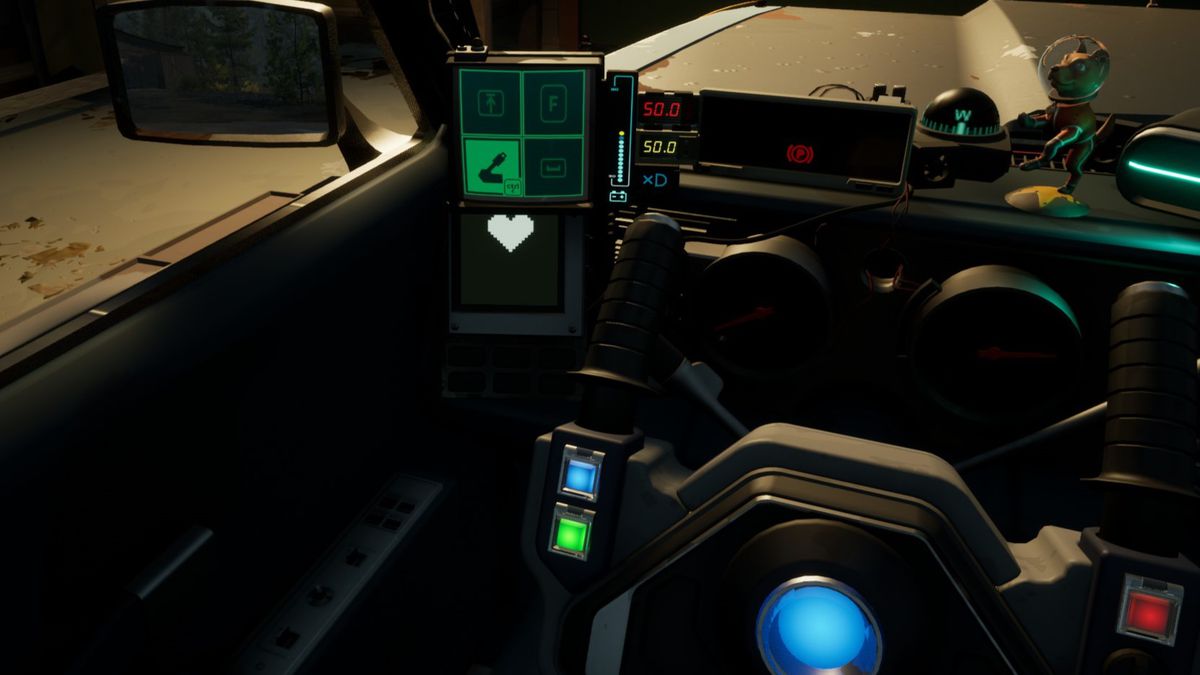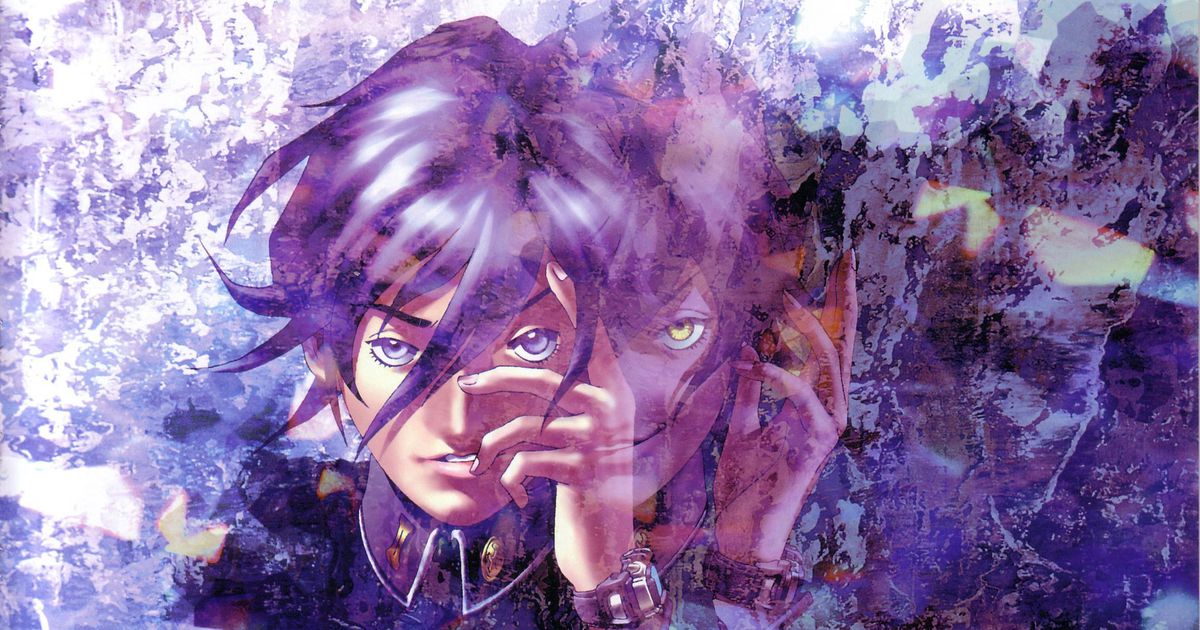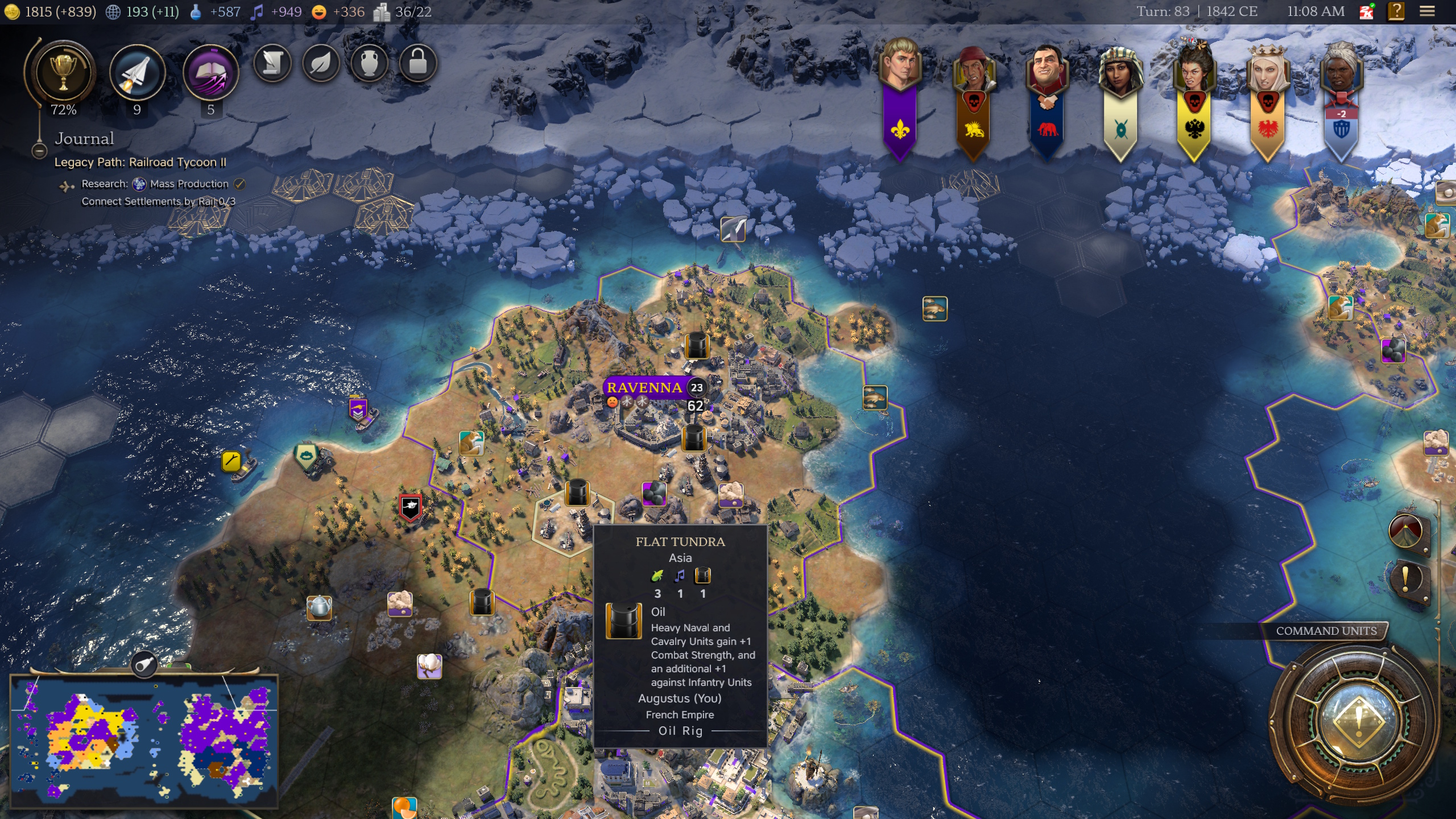The world of Shin Megami Tensei 5: Vengeance can be an unforgiving place.
Tokyo is under siege by demons of all stripes. The throne of heaven sits silent and unoccupied. An extradimensional civil war threatens to rip reality apart. And just to add to insult to injury, Mothman is waiting to shake you down for cash during a random battle, leaving you with no choice but to fork over thousands of bucks and slink away with your tail between your legs despite fielding a team of literal gods because you’re still reeling from the poor choices you made in a previous fight and you don’t want to lose half an hour of progress returning to an earlier save.
Unlike, say, Shin Megami Tensei 4: Apocalypse’s relationship to Shin Megami Tensei 4 on the Nintendo 3DS, Shin Megami Tensei 5: Vengeance acts as more of an expansion than a sequel to the 2021 original. The move from Switch exclusivity to also launching simultaneously on PlayStation 4, PlayStation 5, Xbox One, Xbox Series X, and Windows PC means the game looks gorgeous and performs a great deal better on those beefier platforms. More importantly, it also includes a handful of quality-of-life features as well as a reimagined narrative with new characters and story beats. But don’t worry if you skipped Shin Megami Tensei 5 the first time around, as you get to choose between the vanilla and updated plots at the beginning of the game.
:no_upscale()/cdn.vox-cdn.com/uploads/chorus_asset/file/25487066/smtv_vengeance_6.jpg)
Shin Megami Tensei 5: Vengeance, at least on paper, stands tall among even the franchise’s best entries thanks to a mix of compelling gameplay and stylish aesthetics. Every battle, the foundations of which rely on exploiting enemies’ elemental weaknesses to earn yourself more turns for damage-dealing, health-healing, and status-effecting, plays out with the layered strategy of a chess match. Megami Tensei is unlike any of its genre contemporaries, sporting a combat rhythm made more exciting in Shin Megami Tensei 5 and, now, Vengeance thanks to the introduction of a Street Fighter-like special meter used for activating techniques that range from guaranteeing critical damage to improving all of your team’s stats for a limited time.
Exploration in Vengeance is also far more easygoing compared to the original Shin Megami Tensei 5. Allowing players to save their progress anywhere rather than just at designated checkpoints and to utilize rail-grinding shortcuts for bypassing repeated trips through tough areas makes it so there are fewer opportunities for gut-wrenching game overs. That’s not to say there’s no danger at all, of course: Every battle, from boss encounters to those scary, random fights against Mothman and his buddies, carries the same weight. All it takes is one wrong move to see your entire turn disappear and your enemies given free rein to barrage you with their strongest attacks. Still, you’ll rarely lose much progress upon being sent back bloodied and bruised to the title screen if you take advantage of the game’s various quality-of-life adjustments.
Unfortunately, useful safety nets like these only exacerbate my deepest criticisms elsewhere. Shin Megami Tensei 5: Vengeance is so fun and user-friendly that, when combined with a narrative that’s paper-thin and lightweight during even the most serious story moments, it’s often too easy to overlook or even forget altogether the grim trappings the game should have inherited from its predecessors. Megami Tensei franchise heavyweights like Nocturne, Strange Journey, and the Digital Devil Saga duology balanced captivating combat and beautiful visuals with oppressive atmospheres that imparted the overwhelming weight of their almost Lovecraftian storylines. Imparting that weight effectively is not just about difficulty despite Megami Tensei games being known for their brutal, slogging campaigns.
:no_upscale()/cdn.vox-cdn.com/uploads/chorus_asset/file/25487074/smtv_vengeance_19.jpg)
Shin Megami Tensei 5: Vengeance rarely treats the inherent horror of staring down ancient, supernatural forces that exist outside the realm of human consciousness with the gravity that the premise deserves, either through gameplay or in its dual plotlines. Put simply, the abyss blinks. Important characters die and are resurrected without so much as a double-take from the largely emotionless cast. Worldview-shattering revelations are given little room to resonate before the player gets sent off on their next mission. And rather than being characters who evolve naturally over the course of the story, allies and enemies alike deliver baffling soliloquies with all the passion of a middle school play.
While it’s common to joke about the trend of role-playing games like Final Fantasy culminating in climactic “kill god” moments, the uppercase God of Christianity is very real (and often very pissed) in the Megami Tensei mythos, existing alongside a cornucopia of deities, spirits, and other supernatural entities from just about every real-world religion and culture across the globe. No matter your belief system, there’s a big difference between facing off against a clown-makeup-wearing magician elevated to artificial godhood and attempting to wipe the literal creator of all things from existence, but Megami Tensei’s operated with this level of Vince McMahon-style hubris for close to four decades. It’s because of this pedigree that Vengeance’s failure to elevate Shin Megami Tensei 5’s narrative shortcomings as much as it elevated everything else in the original feels like such a disappointment.
:no_upscale()/cdn.vox-cdn.com/uploads/chorus_asset/file/25487078/smtv_vengeance_12.jpg)
I also can’t wrap my head around the addition of the new Demon Haunts feature, which provides players the opportunity to hang out with the ghouls and ghosts currently in their squad. You can chat them up and even give them gifts, and they’ll reward you with basic items and marginal stat gains. A diversion like this would feel right at home in Pokémon, where you’re encouraged to grow attached to your favorite pocket monsters, but it just winds up being confusing here. You shouldn’t form attachments to the monsters in this game because you won’t be seeing them for long, at least if you want to make any headway against late-game bosses. Due to Shin Megami Tensei 5: Vengeance’s slow experience gains and limited move pools, you need to treat your allies as fodder for fusing into bigger, stronger demons, or else you’re leaving yourself open to copious ass beatings. Let’s face it: The usefulness of cutesy franchise mascot Jack Frost pales in comparison to a late-game powerhouse like Maria, the literal mother of Jesus Christ. I learned to mostly ignore the Demon Haunt system after my first several hours with Vengeance and didn’t feel like I missed out on anything important.
I, like many others, used to describe the Megami Tensei series as “Pokémon for adults,” but I no longer believe that shorthand is entirely accurate. Megami Tensei is Pokémon for the ruthless, those able to exchange compassion and attachment for the cold reality of spiritual warfare. Shin Megami Tensei 5: Vengeance’s “save anywhere” feature, overworld shortcuts, and shallow storyline, however, result in a too-frictionless and therefore flat experience. The moment-to-moment gameplay may still be as fulfilling as any previous Megami Tensei game when it strikes a delicate balance between new and old mechanics, but Vengeance’s overall lack of texture fails to live up to the important narrative themes of struggle, loss, sacrifice, and rebirth established by the franchise over the last 40 years.
Shin Megami Tensei 5: Vengeance will be released June 14 on Nintendo Switch, PlayStation 4, PlayStation 5, Windows PC, Xbox One, and Xbox Series X. The game was reviewed on PlayStation 5 using a pre-release download code provided by Atlus. Vox Media has affiliate partnerships. These do not influence editorial content, though Vox Media may earn commissions for products purchased via affiliate links. You can find additional information about Polygon’s ethics policy here.





